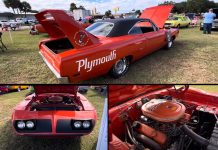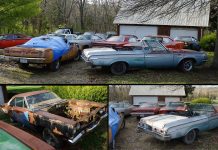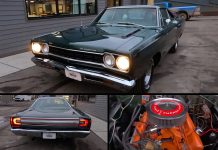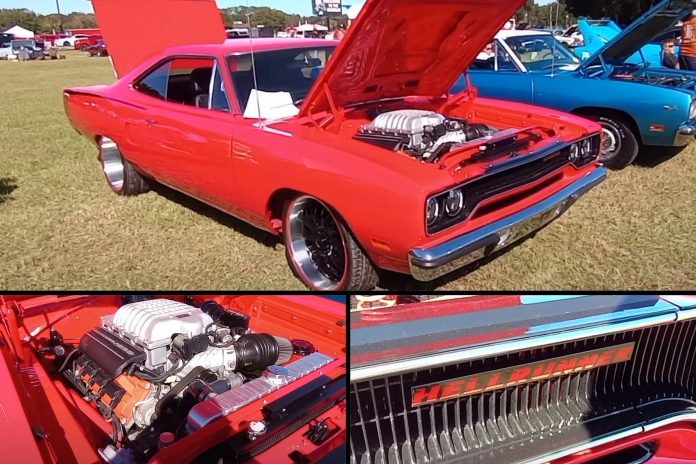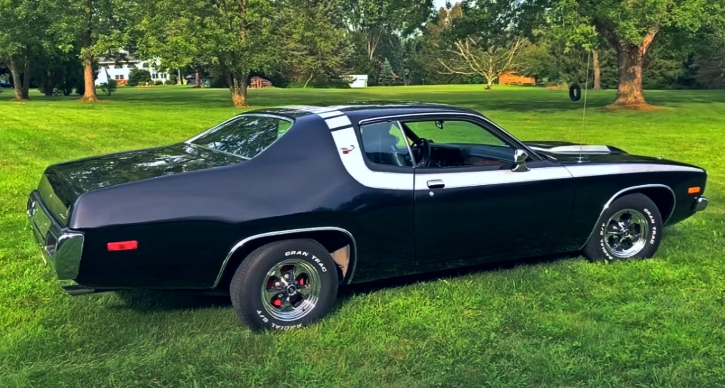The Plymouth Road Runner, though not as extravagant as the GTX, held its own as one of the premier muscle cars during the golden era. It stood out as an affordable gateway to HEMI ownership, much like its counterpart, the Dodge Super Bee.
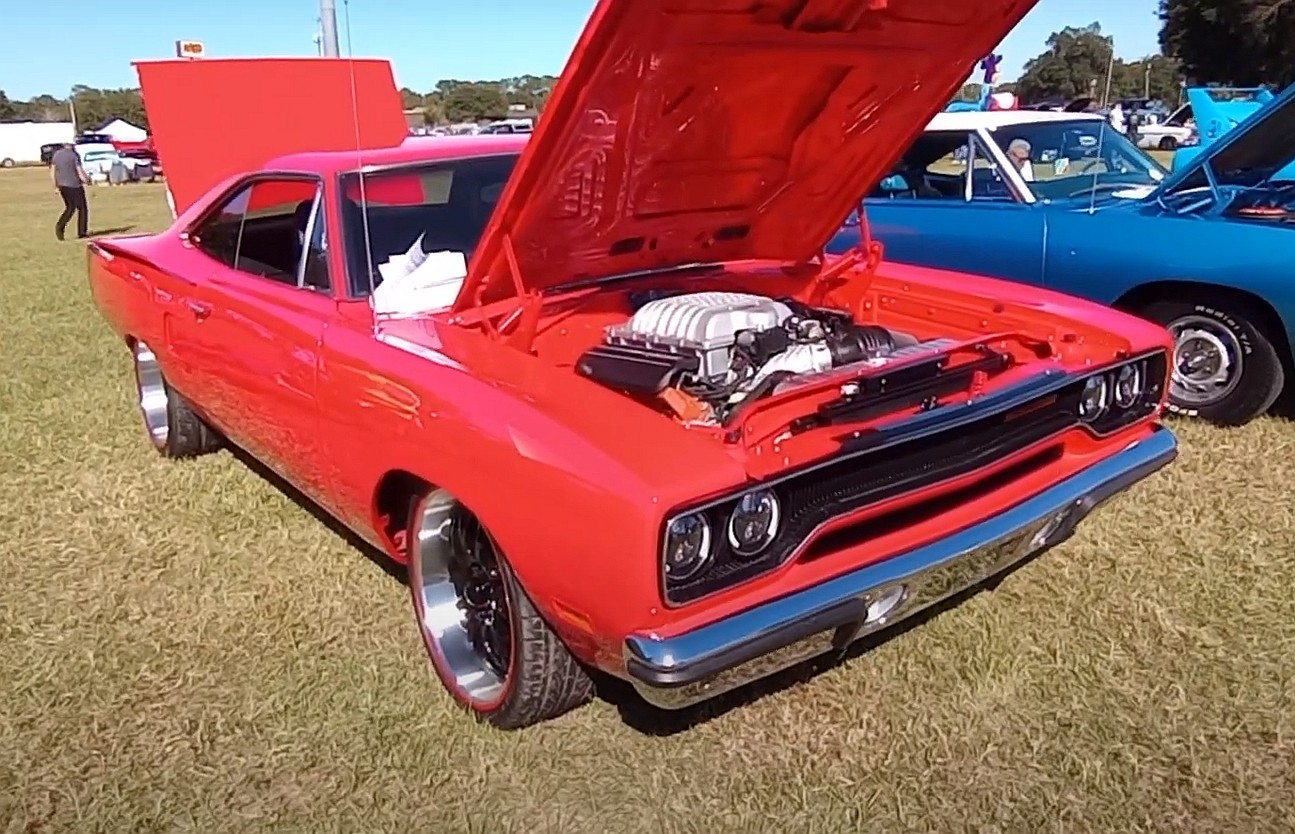
Surpassing the popularity of both the GTX and the Super Bee, the Road Runner achieved remarkable sales figures. In 1968, it sold 44,303 units, followed by an impressive 81,105 examples in 1969, and 36,861 cars in 1970. Despite a decline in sales during the early 1970s, consistent with the broader muscle car trend, the Road Runner managed to move over 200,000 units before its discontinuation in 1974.
However, the true rarity of the Road Runner lies in the limited number that left the factory equipped with the formidable 426-cubic-inch HEMI V8. Only 2,003 vehicles, less than 1% of total production, were fitted with this powerhouse between 1968 and 1971, making the HEMI Road Runner a highly sought-after gem among enthusiasts.
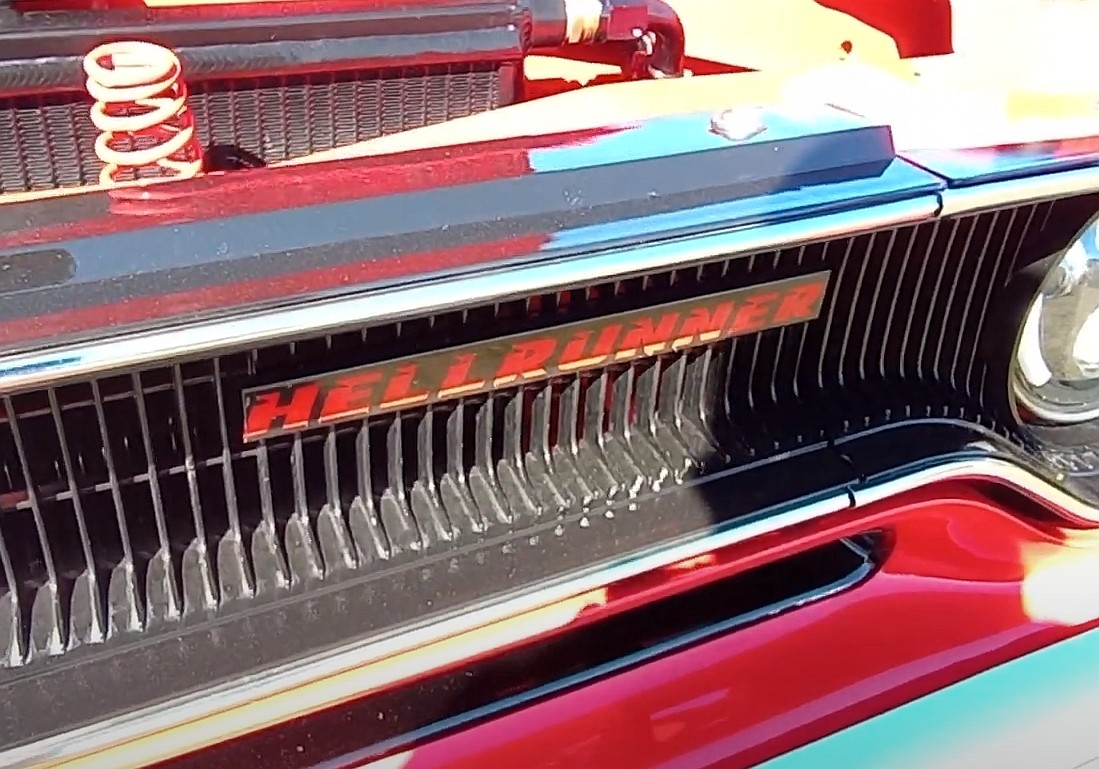
While the 440-cubic-inch Six Pack cars were not abundant, with only 3,473 units produced between 1969 and 1971, they presented a compelling alternative. The allure of the HEMI, however, remains unparalleled, attracting Mopar enthusiasts willing to invest substantial sums for a classic from the golden era.
On the other hand, a potent Mopar experience doesn’t necessarily demand a HEMI. The Road Runner’s engine bay accommodates more modern powerplants, such as the Hellcat. Despite purists preferring the preservation of classic muscle cars, opting for an engine swap becomes a practical choice when restoring a severely deteriorated vehicle.
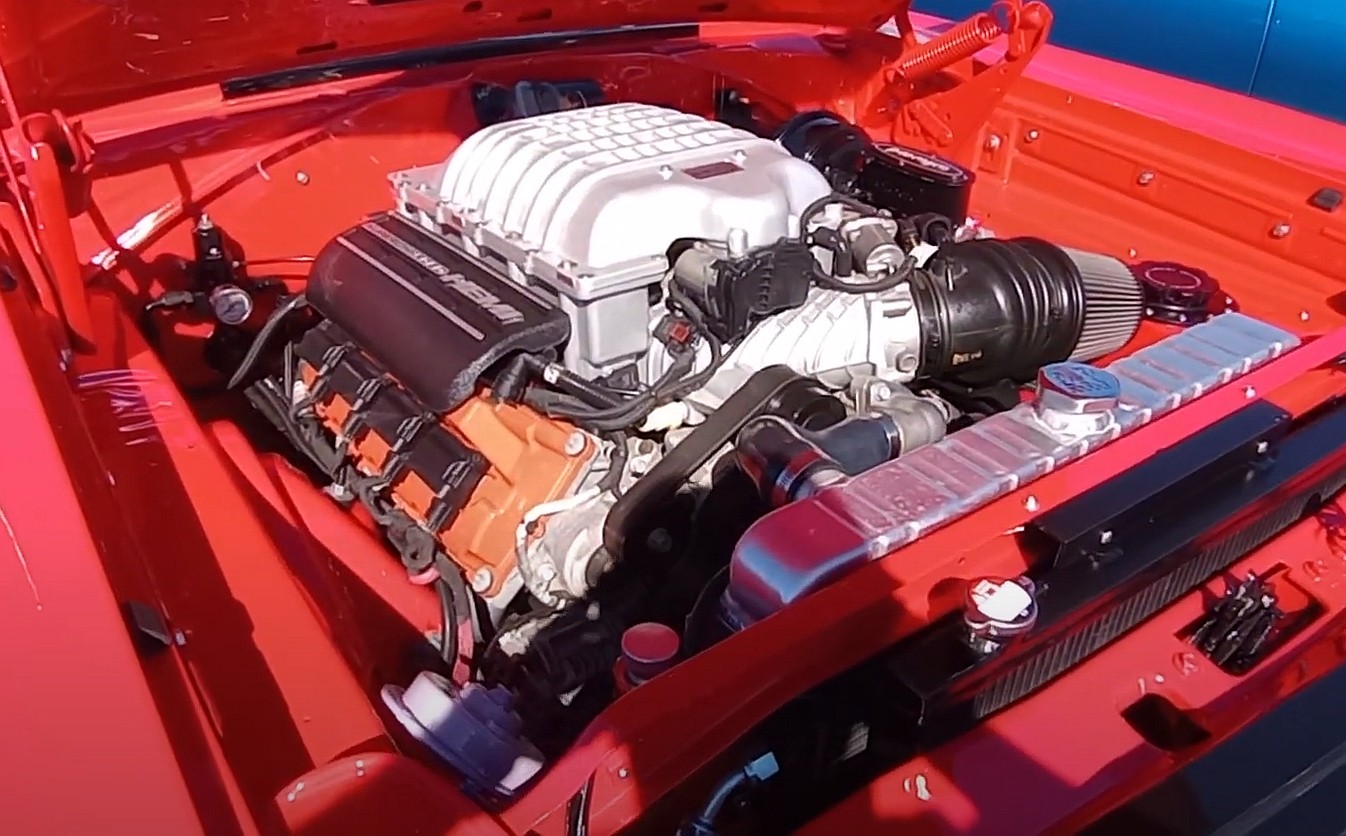
One such example emerged at the 2023 Mopars with Big Daddy, where a Road Runner owner showcased a remarkable restomod. Featuring a flawless, bright red finish and enhanced with larger rims and low-profile tires, this build struck a balance between modernity and classic charm.
The restomod included modern LED lights, custom Hellcat stripes, upgraded bucket seats, and a revised dashboard with digital gauges. Despite deviating from the original, these modifications contributed to a tasteful and aesthetically pleasing transformation.
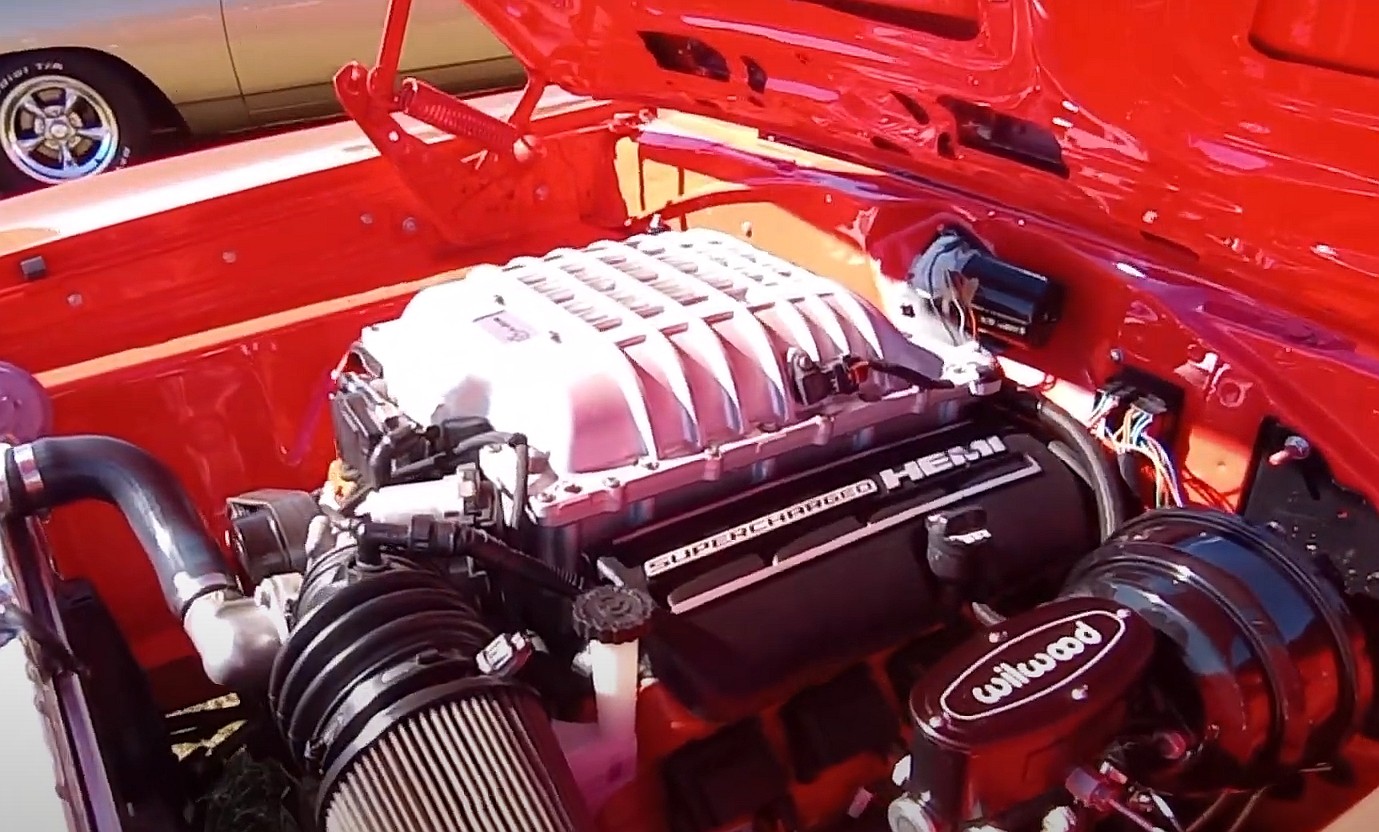
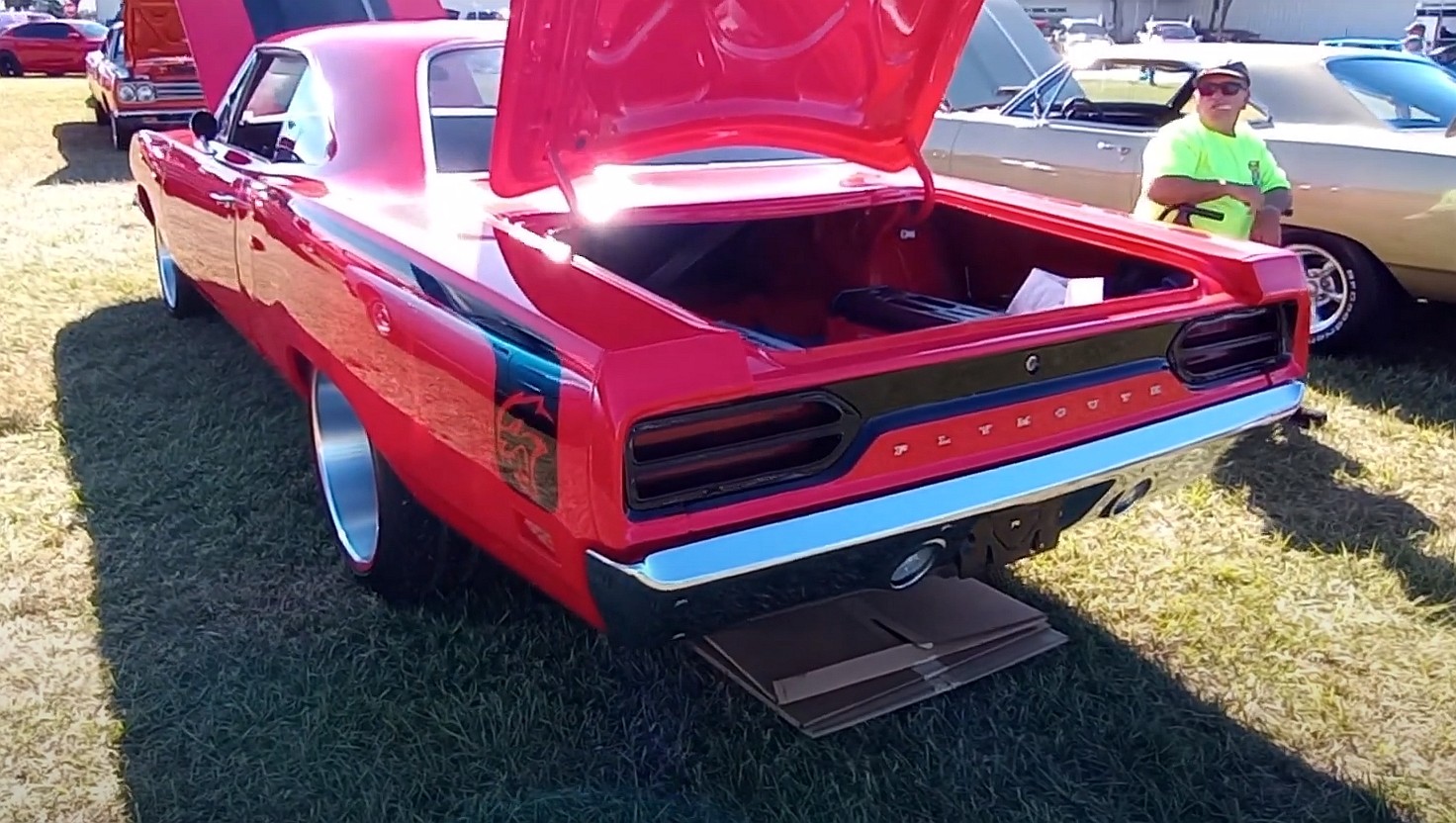
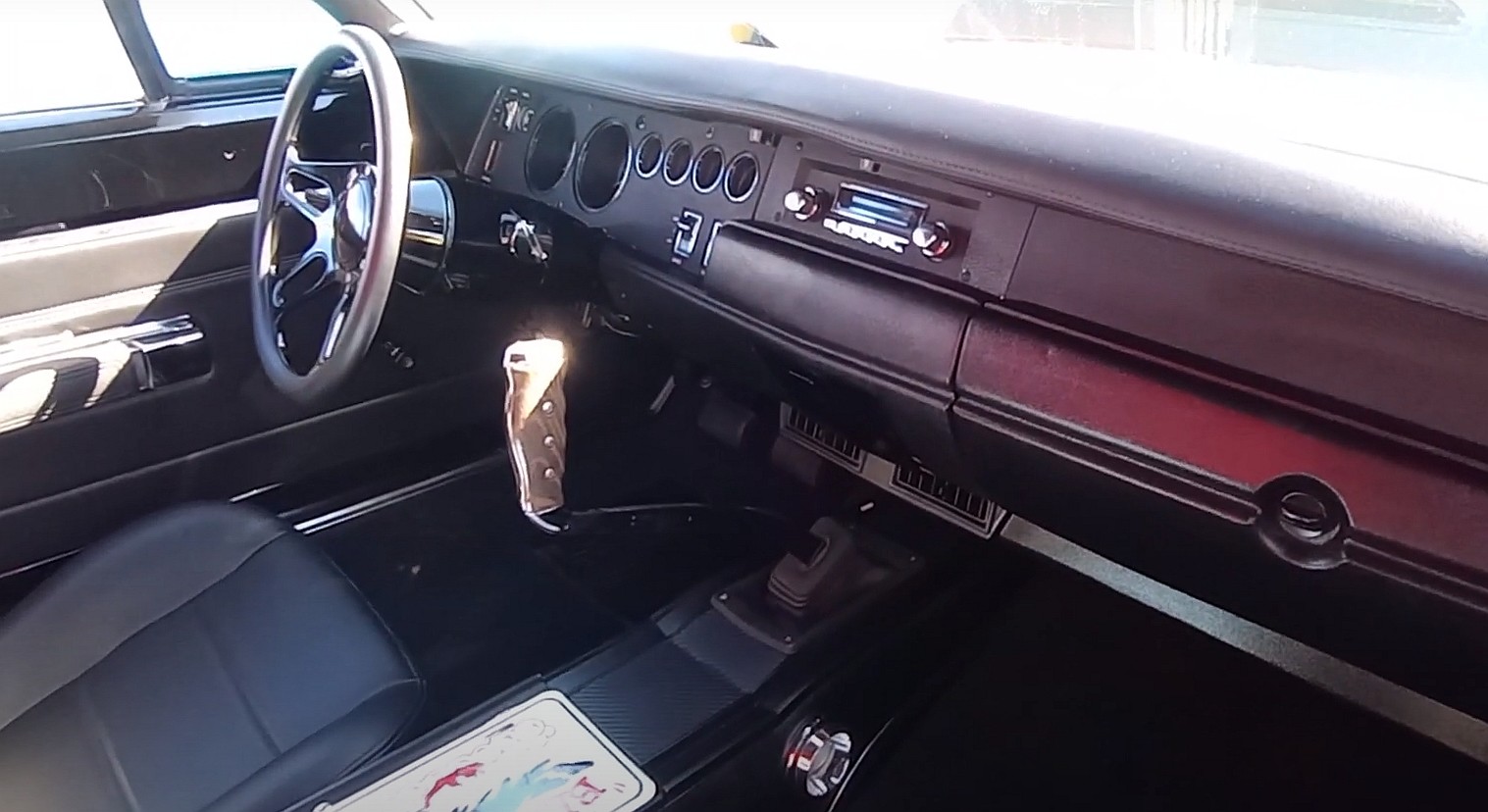
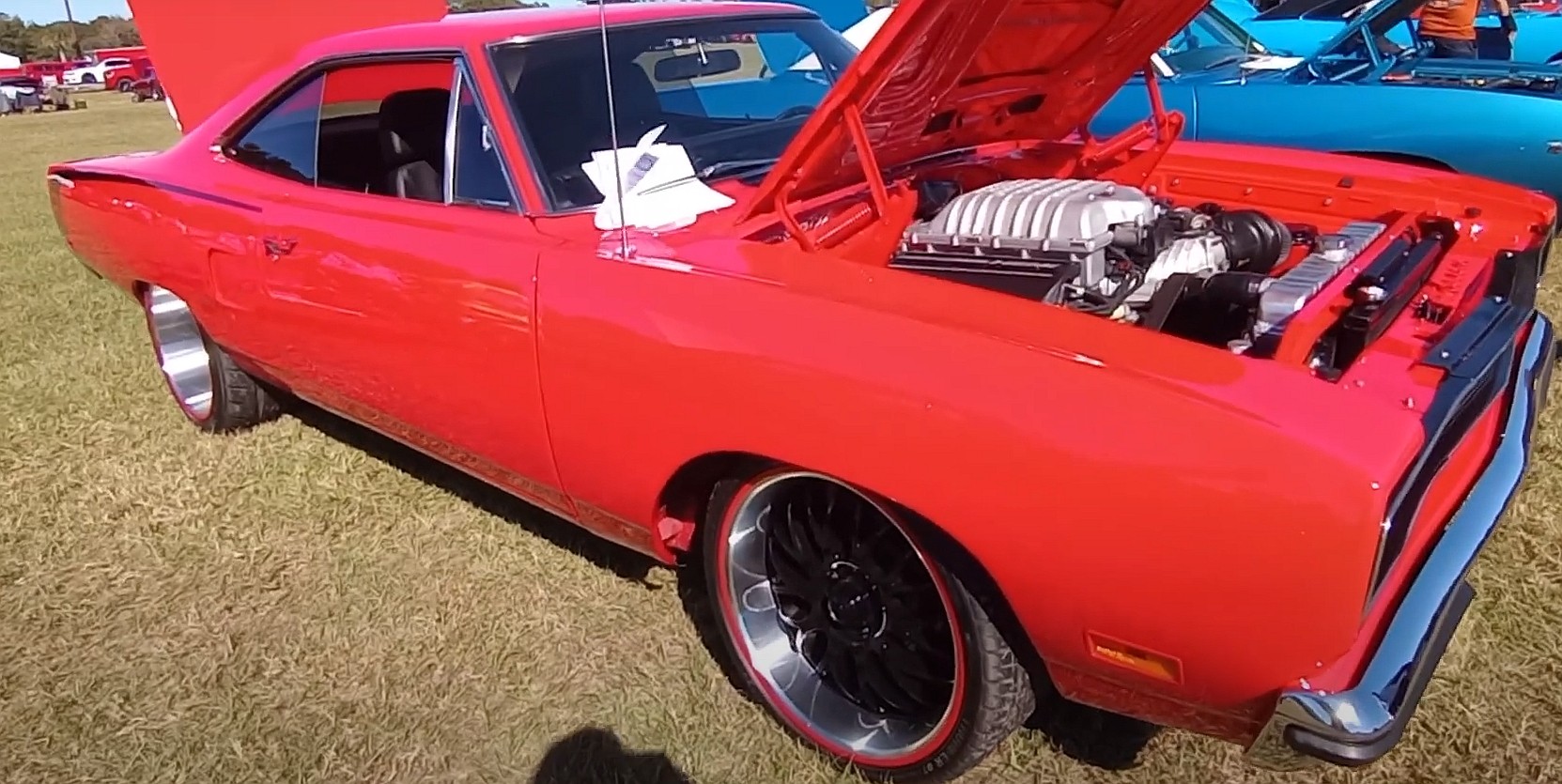
Under the hood, the Hellcat engine, likely sourced as a crate engine from Mopar Performance, powered this “Hell Runner.” The supercharged 6.2-liter Hellcrate engine delivered a staggering 707 horsepower and 650 pound-feet of torque, surpassing the capabilities of the original 426 HEMI.
# FAQs
## What was the production trend of the Road Runner?
The Road Runner witnessed a surge in sales during the late 1960s, reaching its peak in 1969 with 81,105 units sold. Sales declined in the early 1970s, reflecting a broader trend in the muscle car segment.
## How rare is the HEMI-equipped Road Runner?
Out of over 200,000 Road Runners produced, only 2,003 were equipped with the mighty 426-cubic-inch HEMI V8, making it an exceptionally rare variant.
## What alternative powerplants were available for the Road Runner?
While the 440-cubic-inch Six Pack cars were produced in limited numbers, the Road Runner’s engine bay allowed for modern alternatives, such as the Hellcat engine, offering enthusiasts a contemporary driving experience.
## What modifications were made in the showcased restomod?
The restomod featured modern LED lights, custom Hellcat stripes, upgraded bucket seats, and a revised dashboard with digital gauges, contributing to a tasteful and visually appealing transformation.
## How does the Hellcat engine compare to the original 426 HEMI?
The Hellcat engine, with 707 horsepower and 650 pound-feet of torque, surpasses the original 426 HEMI’s 425 horsepower and 490 pound-feet of torque, providing a substantial performance upgrade.



